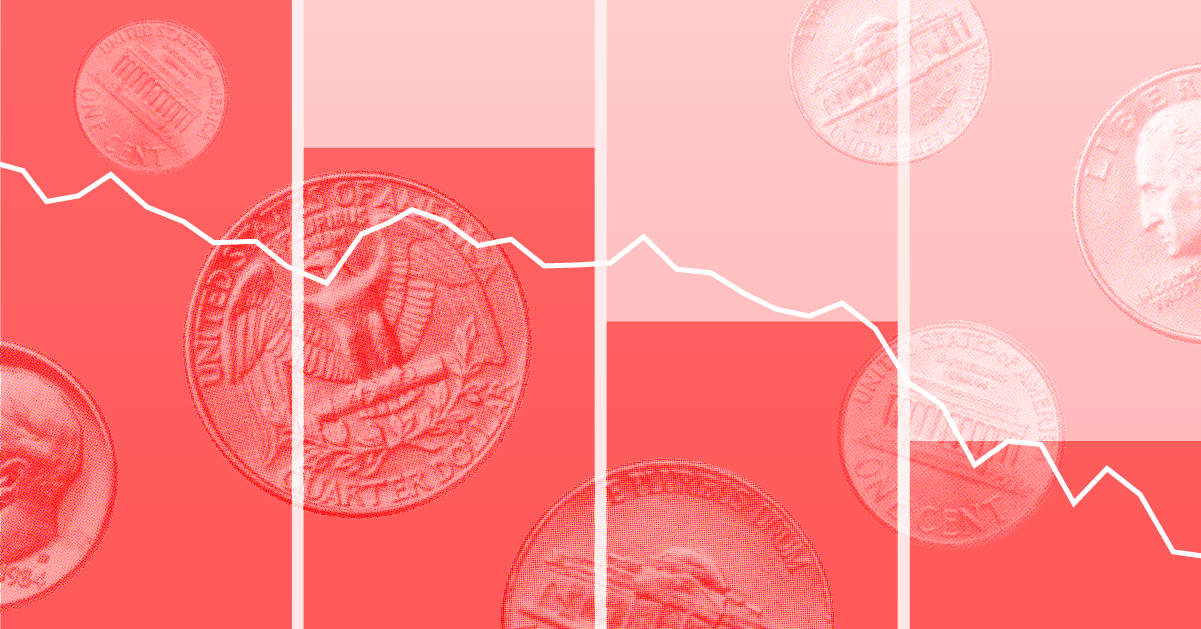Gains from the banking and commodities sectors helped push the FTSE 100 index to a four-month high on Friday but perhaps more significant was the fact that the 5% rally over the week means the blue-chip index is now back in positive territory for 2009.
The FTSE 100 index closed up 63.4 points or 1.4% at 4,462.1, bringing the overall gain so far this year to 0.6%. But lest we get carried away, let’s remember that the UK’s benchmark is still 28.8% lower than it was this time last year. Still, although the markets are likely to need to pause for breath at some point, we are at least heading in the right direction and have technically satisfied the requirements to now call this a bull rally.
There is no single agreed definition of a bull market but it is generally accepted as a stock market rally of 20% or more over a minimum period of two months. The main fuel behind London’s rally of late has been the banking and commodities sectors, which both received an additional boost today as investors welcomed the results of the US bank stress tests and non-farm payrolls that proved to be better than feared.
US payrolls data is an eagerly-awaited measure of the economy’s progress and the Labor Department today revealed 593,000 US citizens lost their jobs last month—another staggering figure but one that was less than the 600,000 expected and the smallest fall in employment since October of last year. As such, it was taken as a clear sign that the US economy is beginning to stabilise. The nation’s unemployment rate rose to 8.9% in April from 8.5% the previous month, in keeping with analysts’ expectations.
The financial sector, which had paused yesterday as optimism ahead of the US government’s stress test results waned, was back on the up on Friday as investors hoped the report could signal the end of the worst of it for the global banking sector. The total that those US banks deemed to require capital must raise amounts to $74.6 billion—certainly not pocket change, even for the world’s largest economy, but less than had originally been feared and broadly in line with the market’s adjusted forecast.
Offering some additional help to UK banks in particular was Royal Bank of Scotland’s first quarter results, which despite showing a fall into losses year-on-year, also revealed an increase in revenues over the quarter, while management’s accompanying comments were seen as a step in the right direction: that of realism. Echoing statements from peers Lloyds Banking Group and Barclays earlier in the week, RBS warned that bad debts are likely to continue to climb throughout 2009 as the economic downturn keeps businesses and households under pressure.
Shares in RBS jumped 13.9% into pole position, closing at 47.4p. HSBC, Lloyds, Standard Chartered and Barclays all gained between 2% and 4%, while insurers Friends Provident, Aviva and Prudential each added 5%-8%.
Signs that the recession’s hold over demand for commodities could be alleviating also brought buyers to the mining and oil production sectors as the prices of raw materials headed north. Metal extractors Vedanta Resources, Fresnillo, Kazakhmys and Antofagasta all featured in the FTSE 100’s top ten gainers, climbing 7%-9% apiece; Tullow Oil, Cairn Energy, Royal Dutch Shell and BP each rose 2%-5%.
Real estate was the sector that suffered the most as investors rushed to pick up commodity plays and financials. British Land, Liberty International, Land Securities and Hammerson filled the top four slots on the casualty list, down 9.4% to 437.5p, 8.1% to 404p, 5.9% to 557p, and 5.4% to 323.75p, respectively.
























